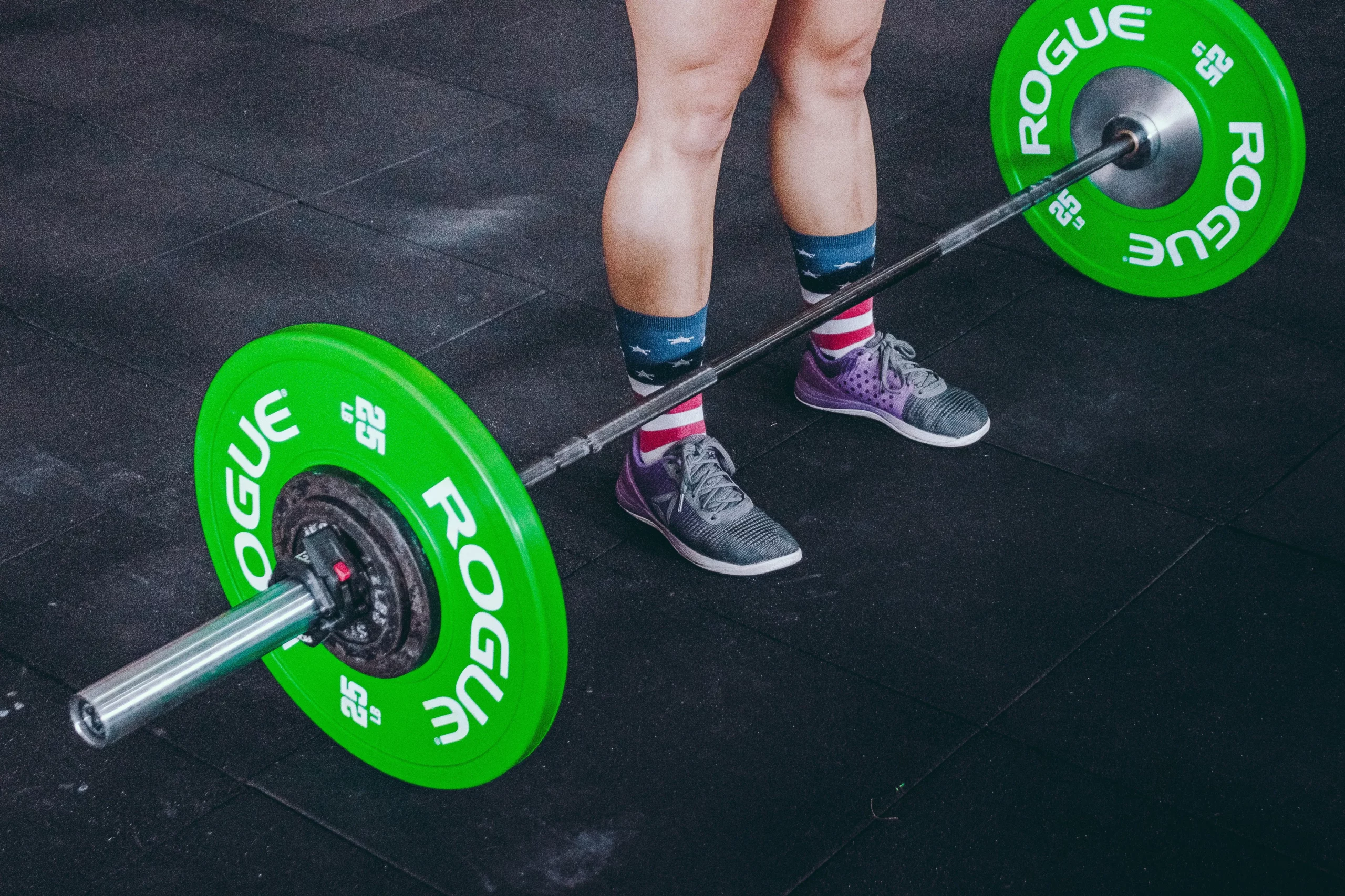Dealing with low back pain can be a challenging experience, especially for those who are passionate about staying active and fit.
Many of our clients have found themselves wondering things like if they’ll be able to lift again after their injury, if they’re doing more harm than good by continuing to train through the injury, and what is the best way to modify their training due to the injury.
One of the lifts that people worry the most about when it comes to their low back pain is the deadlift, because of how involved the low back is!
So, today we are going to cover some of the strategies that we’ve used with 100’s of clients to keep them deadlifting, even when dealing with low back pain!
Training with Different Tempos
One effective strategy we employ at our clinic for deadlifting with low back pain is modifying the tempo of the lift.
The tempo of an exercise is simply the speed that parts of each rep are performed.
Tempo is often written in an X-Y-Z format, in which X is the speed of the eccentric or lowering phase of the lift, Y is the duration of the pause at the bottom of the lift (or the duration of the pause at the knee for the deadlift), and Z is the speed of the concentric or lowering phase of the lift.
Using slower tempos can be a great tool to help you continue to deadlift while dealing with low back pain because they require that you use lighter weight on the bar, while still allowing you to work hard.
Examples of specific tempos we give our clients are 3-0-3 (three second lowering and three second lifting phases without a pause), 5-0-0 (five second lowering with regular speed lifting and no pauses), and 5-3-0 (three second pause at the knee while lifting with a five second lowering phase).
Reduce The Range of Motion
For many of our clients, the very beginning portion of the deadlift can be the most aggravating on their low back pain.
To work around this, all you have to do is shorten the range of motion by deadlifting from blocks or risers.
We first find a height that allows our clients to deadlift without much, if any pain, and train at that range of motion for a little while.
Once they’re starting to feel better, we then slowly start to lower the height that they’re pulling from over time, until they’re finally just pulling from the floor!
Exploring Different Deadlift Variations
The last strategy that we’re going to discuss is using different deadlift variations.
When dealing with low back pain, you don’t have to stick with conventional barbell deadlifts from the floor if they’re really flaring up your back pain.
We’ve used different deadlift variations with our clients, such as pulling sumo or with a trap bar, both of which allow for a more upright torso position, and can sometimes feel better when dealing with low back pain.
We’ve also simply switched to other hip hinge movements instead, like hip thrusts, RDLs, or hip extension on the GHD.
If you’re looking for help solving your back pain and getting back to the training that you love, then fill out our contact form below and one of our back pain experts will schedule a free phone consultation with you to see if we’re the right fit for your needs.



